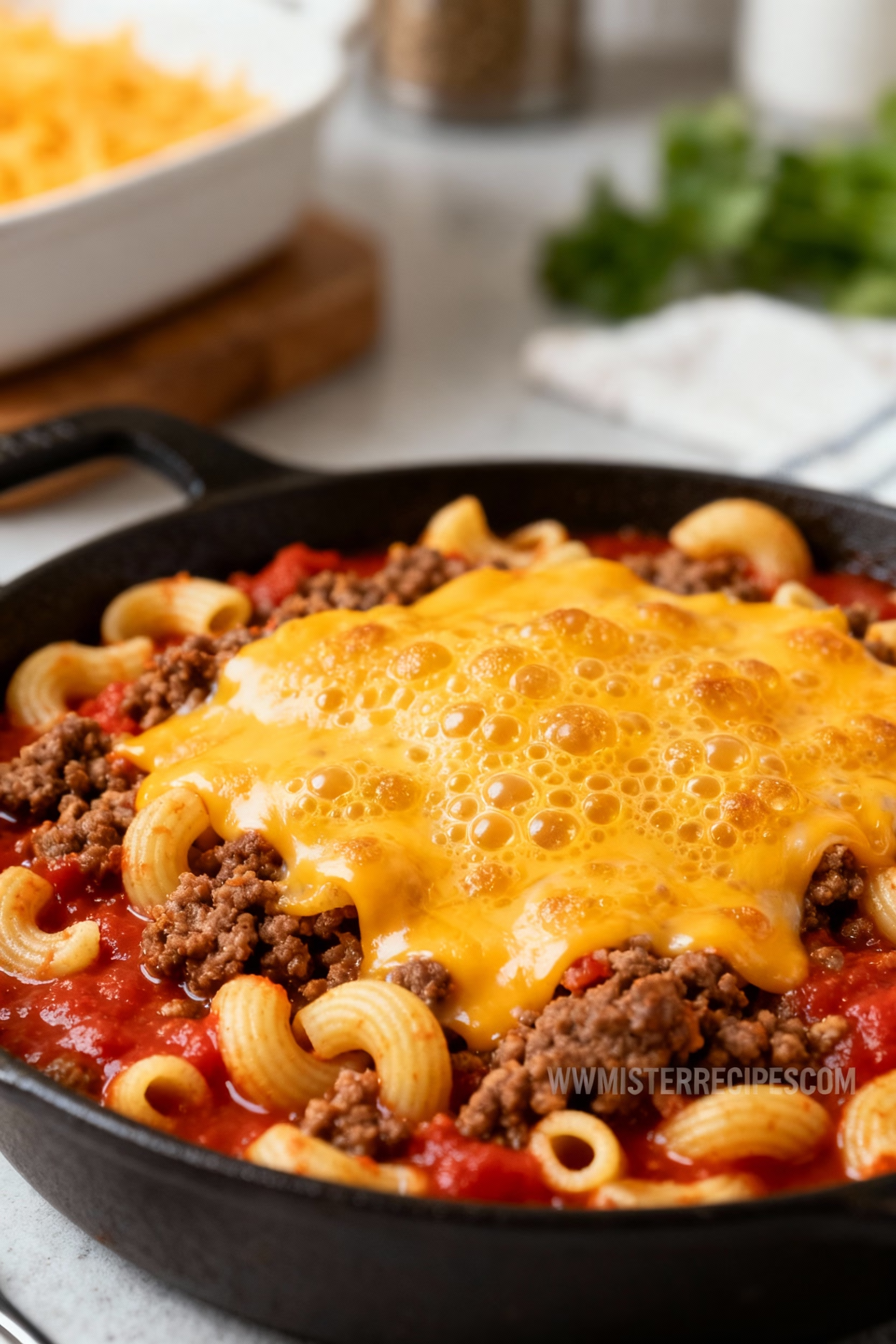Making Sourdough Discard Biscuits: Perfect for Breakfast or Dinner
Introduction
Sourdough baking is more than just a trend; it’s a culinary tradition that has been passed down through generations. One of the most delightful aspects of sourdough baking is the versatile discard. If you’re a home baker, you likely already know about sourdough discard the portion of dough that gets removed before feeding your starter. While it may seem like waste, sourdough discard is actually a treasure trove of potential, particularly when it comes to baking biscuits. These Sourdough Discard Biscuits are the perfect way to transform what would otherwise be a throwaway into something both hearty and delicious. Whether you’re serving them with a pat of butter for breakfast or as a side dish for dinner, these biscuits are a mouthwatering testament to the magic of sourdough baking.
Good bread is the most fundamentally satisfying of all foods; and good bread with fresh butter, the greatest of feasts
James Beard
The light, flaky texture combined with the subtle tang of sourdough creates a biscuit that’s far from ordinary. The process of making these biscuits is simple, and the rewards are immense. Plus, you’ll love the satisfaction of knowing you’ve put every bit of your sourdough starter to good use. So why not turn your sourdough discard into something extraordinary? These biscuits are a wonderful way to enjoy the full circle of sourdough baking.
Table of Contents

Why You’ll Love This Sourdough Discard Biscuits Recipe
1. Waste Not, Want Not: The beauty of this recipe is that it uses up your sourdough discard, meaning nothing goes to waste. You get to enjoy delicious biscuits while being eco-friendly.
2. Quick and Easy: Unlike many sourdough recipes that require hours of fermentation, these biscuits come together in a fraction of the time. You can whip them up quickly for a last-minute breakfast or dinner side.
3. Versatile Flavor: The tangy flavor of sourdough adds a unique depth to these biscuits, making them stand out from regular biscuits. They’re a great companion for both sweet and savory dishes.
4. Light and Fluffy: These biscuits boast a light and airy texture, thanks to the combination of sourdough discard and a few simple ingredients. They practically melt in your mouth.
5. Perfect for Any Meal: Whether you’re serving them for breakfast with jam and butter, or pairing them with soup or stew for dinner, these biscuits fit seamlessly into any meal plan.

How to Make Sourdough Discard Biscuits
Ingredients
- 1 cup sourdough discard
- 2 cups all-purpose flour
- 1 tablespoon baking powder
- 1 teaspoon baking soda
- 1 teaspoon salt
- 8 tablespoons cold unsalted butter, cubed
- 3/4 cup cold milk (or buttermilk for extra tang)
- 1 tablespoon honey or sugar (optional, for a touch of sweetness)
Detailed Instructions
Preheat the Oven: Begin by preheating your oven to 425°F (220°C). Line a baking sheet with parchment paper to ensure your biscuits don’t stick.
Prepare the Dry Ingredients: In a large mixing bowl, whisk together the flour, baking powder, baking soda, and salt. This ensures that your leavening agents are evenly distributed throughout the flour.
Cut in the Butter: Add the cold, cubed butter to the flour mixture. Using a pastry cutter or fork, cut the butter into the flour until the mixture resembles coarse crumbs. The butter pieces should be about the size of peas.
Add the Sourdough Discard: Pour the sourdough discard into the dry ingredients. Stir gently to combine. The mixture will start to come together but remain a bit crumbly.
Incorporate the Milk: Gradually add the cold milk to the mixture, stirring just until the dough comes together. Be careful not to overmix, as this can lead to tough biscuits.
Roll Out the Dough: Turn the dough out onto a lightly floured surface. Using a rolling pin, roll the dough to about 1/2-inch thickness. For fluffier biscuits, you can roll them slightly thicker.
Cut the Biscuits: Using a biscuit cutter (or the rim of a glass), cut out biscuits from the dough. Press straight down without twisting to ensure the biscuits rise evenly. Re-roll the scraps as necessary.
Bake: Place the biscuits on the prepared baking sheet, spacing them about 1 inch apart. Bake in the preheated oven for 12-15 minutes, or until the tops are golden brown.
Serve: Remove from the oven and allow the biscuits to cool slightly before serving. Enjoy them warm with your favorite toppings.

Tips For Sourdough Discard Biscuits
Keep Ingredients Cold: One of the keys to flaky biscuits is keeping your ingredients cold, particularly the butter and milk. This helps create steam during baking, which contributes to the biscuits’ light texture.
Don’t Overmix: Overmixing the dough can lead to tough, dense biscuits. Mix just until the ingredients are combined, and be gentle when rolling out the dough.
Use Buttermilk for Extra Tang: If you want an even tangier flavor, substitute the milk with buttermilk. This will complement the sourdough flavor beautifully.
Experiment with Add-ins: Feel free to get creative with your biscuits by adding cheese, herbs, or even a bit of garlic powder to the dough. This can add a unique twist to the flavor profile.
Proper Storage: Store leftover biscuits in an airtight container at room temperature for up to two days. For longer storage, freeze the biscuits and reheat them in the oven when ready to eat.
Waste not, want not.
John Wesley 18th-century
Sourdough Discard Biscuits Recipe FAQ
Does the discard help the biscuit rise?
Yes, sourdough discard can help biscuits rise, but not as effectively as an active sourdough starter. The discard contains natural wild yeast and bacteria, which contribute to leavening. However, because the discard is often less active, its ability to make biscuits rise depends on how recently it was fed. Combining sourdough discard with other leavening agents like baking powder or baking soda ensures a better rise and fluffier biscuits.
Can I use sourdough discard in place of buttermilk?
Yes, sourdough discard can be used as a substitute for buttermilk in many recipes. The acidic nature of sourdough discard mimics the tanginess of buttermilk, making it a great alternative for pancakes, muffins, or quick breads. If you’re replacing buttermilk with discard:
- Use an equal amount of discard.
- Adjust the liquid content of the recipe, as discard is thicker than buttermilk.
For example, if a recipe calls for 1 cup of buttermilk, you can use 1 cup of sourdough discard but reduce other liquids slightly to maintain consistency.
What’s the point of using sourdough discard?
Using sourdough discard serves several purposes:
- Reduces Waste: Sourdough baking often involves frequent feedings, leaving bakers with excess discard. Using it in recipes prevents waste.
- Adds Flavor: Discard imparts a tangy, slightly sour flavor to recipes, enhancing the taste of baked goods like pancakes, crackers, or cookies.
- Improves Texture: The gluten structure in discard contributes to improved elasticity and texture in baked goods.
- Boosts Nutrition: Discard retains beneficial bacteria and nutrients, adding a slight health boost to recipes.
Is sourdough discard good for the gut?
Yes, sourdough discard is generally good for the gut, though its benefits depend on the recipe. The discard contains lactic acid bacteria, which aid digestion by breaking down gluten and making nutrients more bioavailable. When used in baking, these benefits may be reduced due to heat killing the probiotics, but the easier digestibility remains. If consumed raw (e.g., in fermented batters), sourdough discard retains more gut-healthy bacteria.
Do you have to discard every time you feed sourdough?
Not necessarily, but it’s common practice. Discarding prevents the starter from becoming too large and unmanageable. However, you can skip discarding in some cases by:
- Scaling up recipes to use more starter.
- Refrigerating your starter to slow its activity and feeding less frequently.
Alternatively, use the discard in recipes like crackers or pancakes to avoid waste while keeping your starter healthy.
Is sourdough good for your belly?
Yes, sourdough is great for your belly. Here’s why:
- Easier Digestion: The fermentation process breaks down gluten, making sourdough easier to digest compared to regular bread.
- Gut Health: Sourdough contains lactic acid bacteria that promote a healthy gut microbiome, aiding digestion and nutrient absorption.
- Reduced Bloating: The fermentation process reduces phytic acid, an anti-nutrient that can cause bloating and inhibit mineral absorption.
- Probiotic Benefits: While most probiotics don’t survive baking temperatures, the overall process contributes to better gut health.
Incorporating sourdough, whether as bread or using discard in other recipes, is a tasty and health-conscious choice!

Making Sourdough Discard Biscuits: Perfect for Breakfast or Dinner
Equipment
- – Mixing bowls
- Pastry cutter or fork
- Rolling Pin
- Biscuit cutter
- Baking sheet
- Parchment paper
Ingredients
- 1 cup sourdough discard
- 2 cups all-purpose flour
- 1 tablespoon baking powder
- 1 teaspoon baking soda
- 1 teaspoon salt
- 8 tablespoons cold unsalted butter cubed
- 3/4 cup cold milk or buttermilk for extra tang
- 1 tablespoon honey or sugar optional, for a touch of sweetness
Instructions
- Preheat the Oven: Begin by preheating your oven to 425°F (220°C). Line a baking sheet with parchment paper to ensure your biscuits don’t stick.
- Prepare the Dry Ingredients: In a large mixing bowl, whisk together the flour, baking powder, baking soda, and salt. This ensures that your leavening agents are evenly distributed throughout the flour.
- Cut in the Butter: Add the cold, cubed butter to the flour mixture. Using a pastry cutter or fork, cut the butter into the flour until the mixture resembles coarse crumbs. The butter pieces should be about the size of peas.
- Add the Sourdough Discard: Pour the sourdough discard into the dry ingredients. Stir gently to combine. The mixture will start to come together but remain a bit crumbly.
- Incorporate the Milk: Gradually add the cold milk to the mixture, stirring just until the dough comes together. Be careful not to overmix, as this can lead to tough biscuits.
- Roll Out the Dough: Turn the dough out onto a lightly floured surface. Using a rolling pin, roll the dough to about 1/2-inch thickness. For fluffier biscuits, you can roll them slightly thicker.
- Cut the Biscuits: Using a biscuit cutter (or the rim of a glass), cut out biscuits from the dough. Press straight down without twisting to ensure the biscuits rise evenly. Re-roll the scraps as necessary.
- Bake: Place the biscuits on the prepared baking sheet, spacing them about 1 inch apart. Bake in the preheated oven for 12-15 minutes, or until the tops are golden brown.
- Serve: Remove from the oven and allow the biscuits to cool slightly before serving. Enjoy them warm with your favorite toppings.
Notes
Nutrition (per serving)
Calories: 210 | Carbohydrates: 26g | Protein: 4g | Fat: 11g | Saturated Fat: 7g | Polyunsaturated Fat: 0.5g | Monounsaturated Fat: 3g | Sodium: 320mg | Potassium: 70mg | Fiber: 1g | Sugar: 2g | Vitamin C: 0mg | Calcium: 60mg | Iron: 1.4mgCommon Mistakes When Making Sourdough Discard Biscuits
- Overmixing the Dough
- Overmixing can make biscuits dense and tough instead of light and flaky. Stir ingredients just until combined to maintain a tender texture.
- Using Warm Butter
- Warm butter doesn’t create the steam pockets necessary for flakiness. Ensure butter is cold and cut into small pieces before mixing with flour.
- Skipping Proper Leavening Agents
- Sourdough discard alone may not provide sufficient rise. Forgetting to add baking powder or baking soda can result in flat biscuits.
- Twisting the Biscuit Cutter
- Twisting while cutting the biscuits can seal the edges, preventing them from rising properly. Use a straight up-and-down motion.
- Not Preheating the Oven
- Placing biscuits in a cold or insufficiently preheated oven can affect their rise and texture. Ensure your oven is at 425°F before baking.
- Ignoring Dough Thickness
- Rolling the dough too thin produces flat biscuits. For fluffy results, aim for about ½ inch thickness or slightly more.
- Improper Storage
- Leaving biscuits uncovered leads to dryness. Store in an airtight container or freeze to preserve freshness.
Conclusion
Sourdough discard biscuits are a versatile and satisfying way to make the most of your sourdough starter. By avoiding common mistakes, such as overmixing the dough or using warm butter, you can achieve perfectly flaky and tangy biscuits every time. These biscuits not only help reduce waste but also bring a unique flavor to any meal, whether paired with butter, jam, or savory dishes. With the right techniques, sourdough baking becomes an enjoyable, waste-free experience that showcases the best of your culinary creativity.
Let me know!
Did you find this post helpful? By leaving a star rating and share, it will help others find my recipes.




